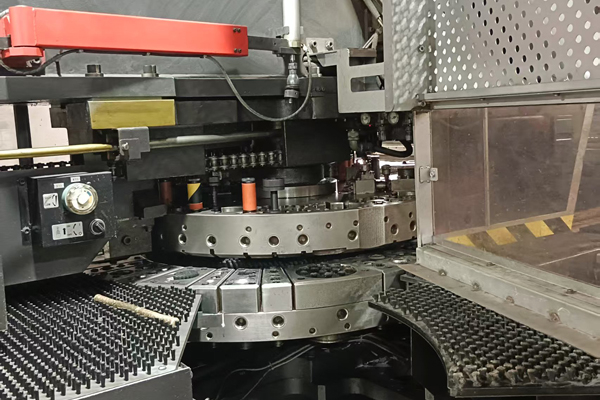
Sheet Metal Laser Cutting Technique
Laser Cutting Technique for Sheet Metal: Key Principles & Best Practices Laser cutting is a high-precision, non-contact manufacturing process that uses a focused laser beam to melt, burn, or vaporize material, producing clean, intricate cuts in sheet metal. Below are the essential techniques, parameters, and design considerations for optimal results.
2025-06-10
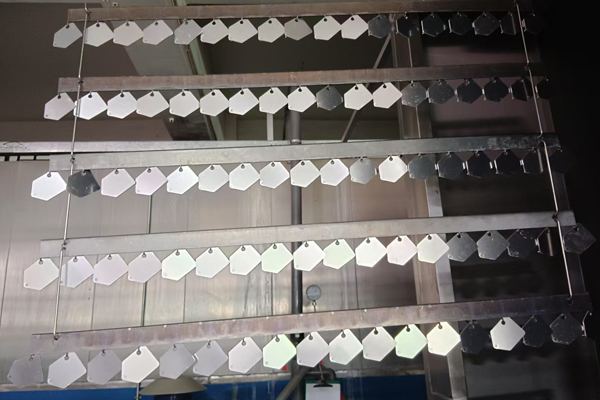
Before Sheet Metal Powder Coating, What Cleaning Work Need be Done?
Before powder coating sheet metal, thorough cleaning is essential to ensure proper adhesion, a smooth finish, and long-term durability. Here is a detailed breakdown of the cleaning and pretreatment steps required:
2025-06-10
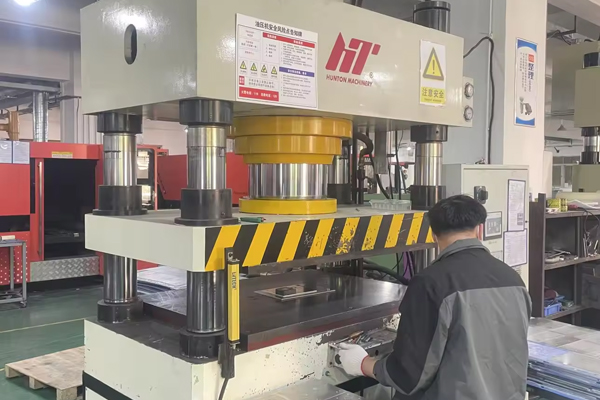
What is Deep Drawing Process?
Deep Drawing is a sheet metal forming process used to create hollow, seamless parts by mechanically drawing the metal blank into a die cavity using a punch. It's widely used in industries like automotive, aerospace, and packaging to produce complex shapes (e.g., cans, sinks, fuel tanks)
2025-06-10
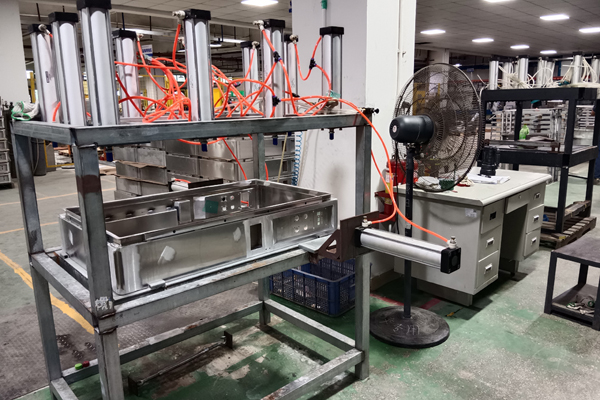
What is Welding Air Leakage Test?
A welding air leakage test (also called a pressure decay test or leak test) is a non-destructive testing (NDT) method used to detect leaks in welded joints by pressurizing the component with air (or another gas) and monitoring for pressure drops or visible/heard leaks
2025-06-10
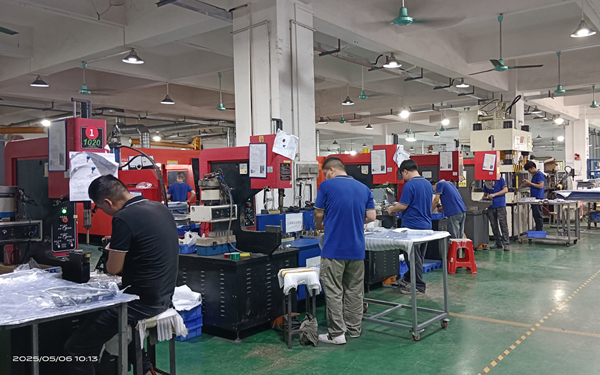
Sheet Metal Riveting Design Tips
Riveting is a common fastening method in sheet metal fabrication, offering strong, permanent joints without welding. Here are key design considerations for optimal riveted joints:
2025-06-10
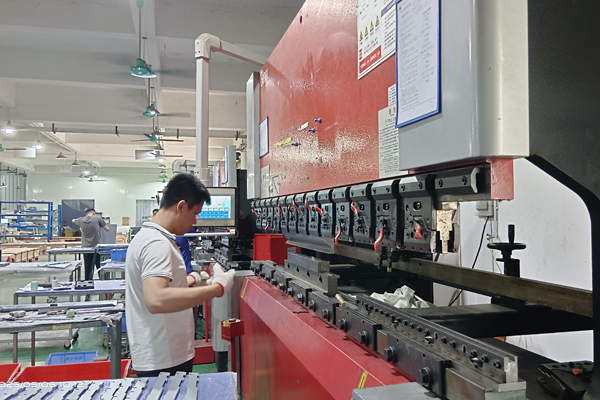
Sheet Metal Bending Angle Design Tips
Designing sheet metal bends requires careful consideration of material properties, tooling limitations, and manufacturing feasibility. Here are key tips to optimize your bent parts:
2025-06-10